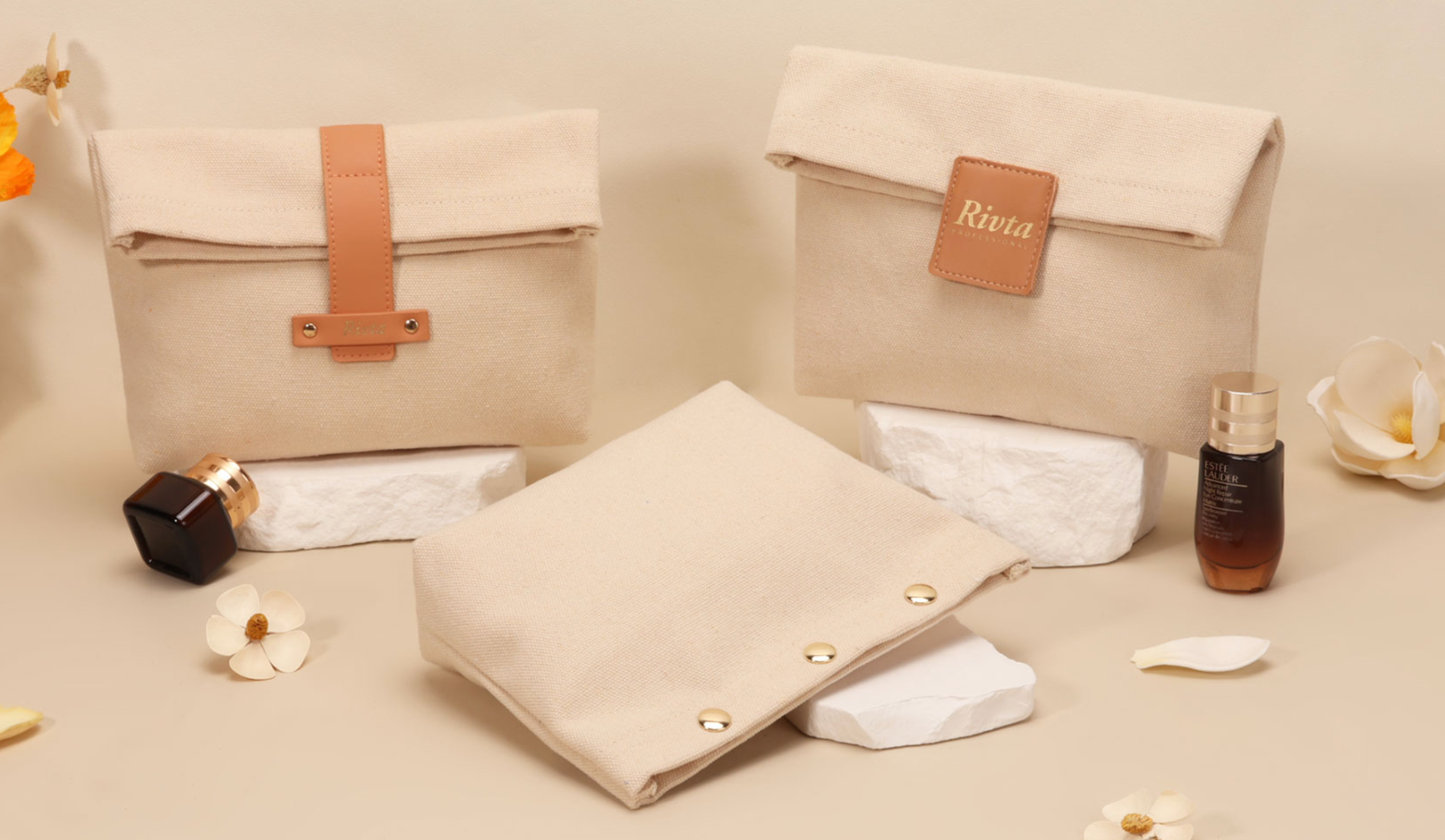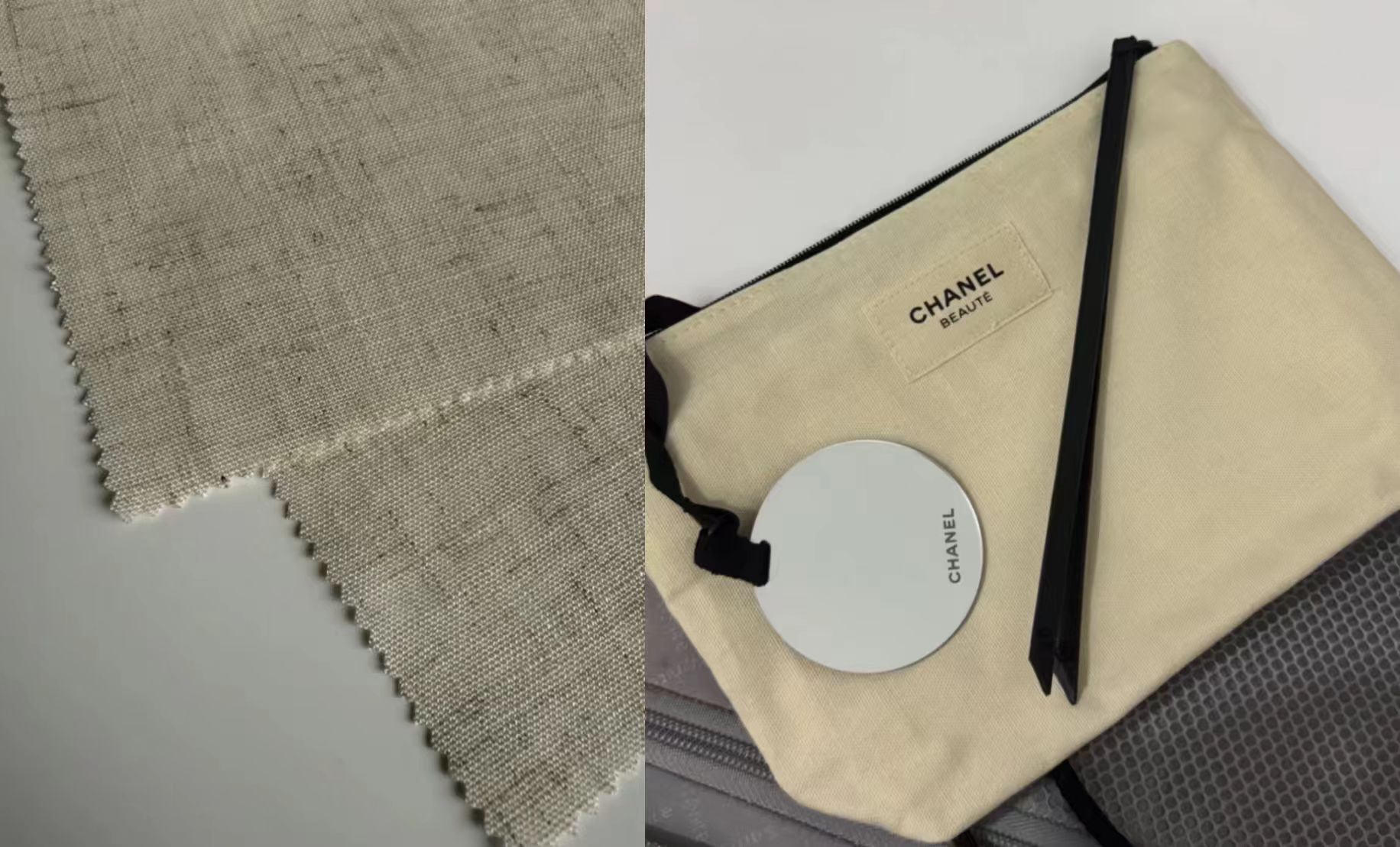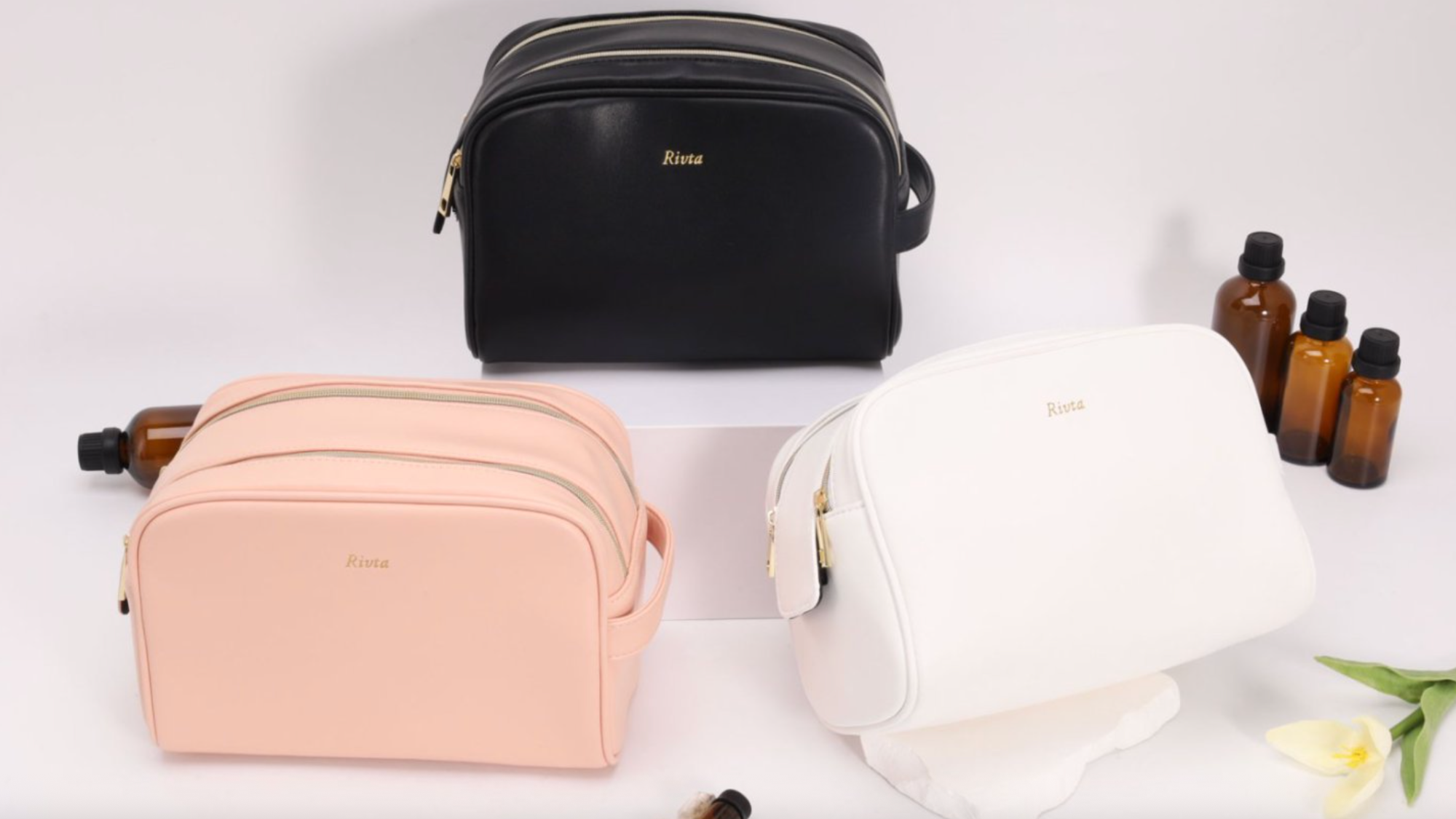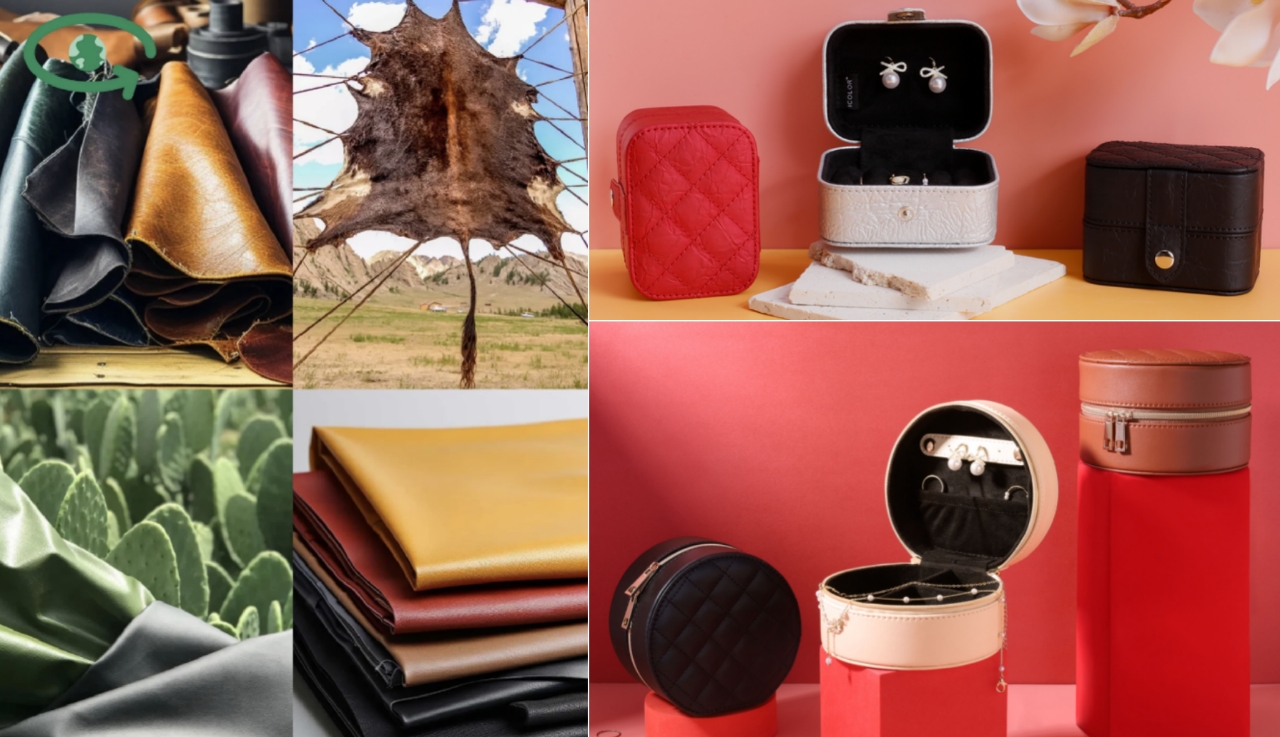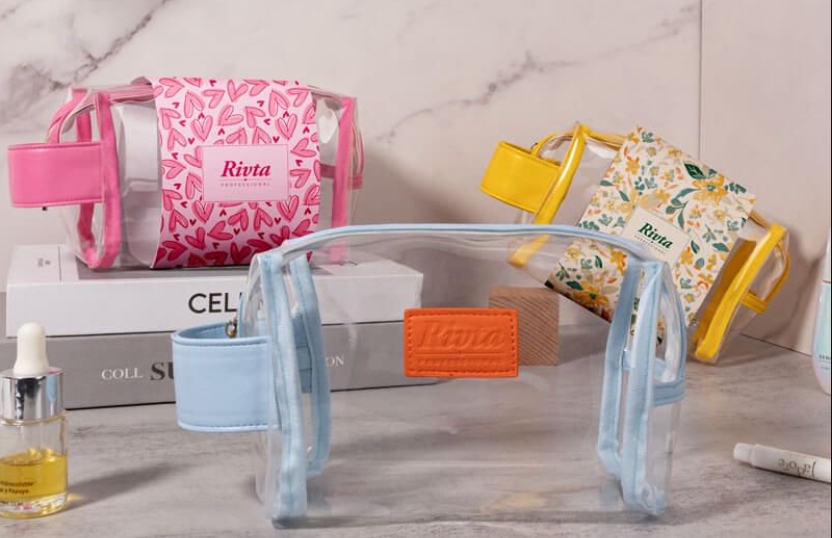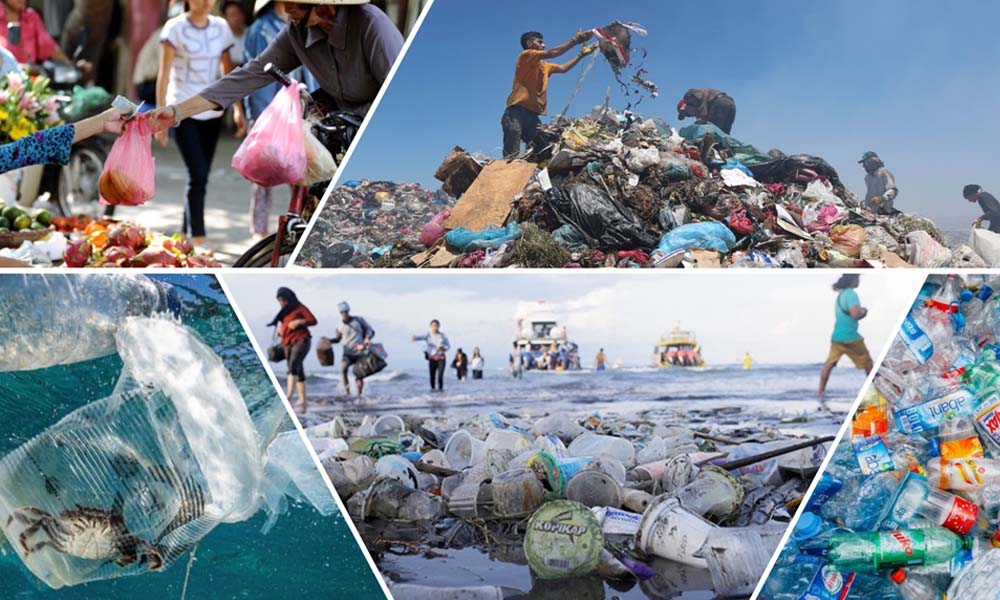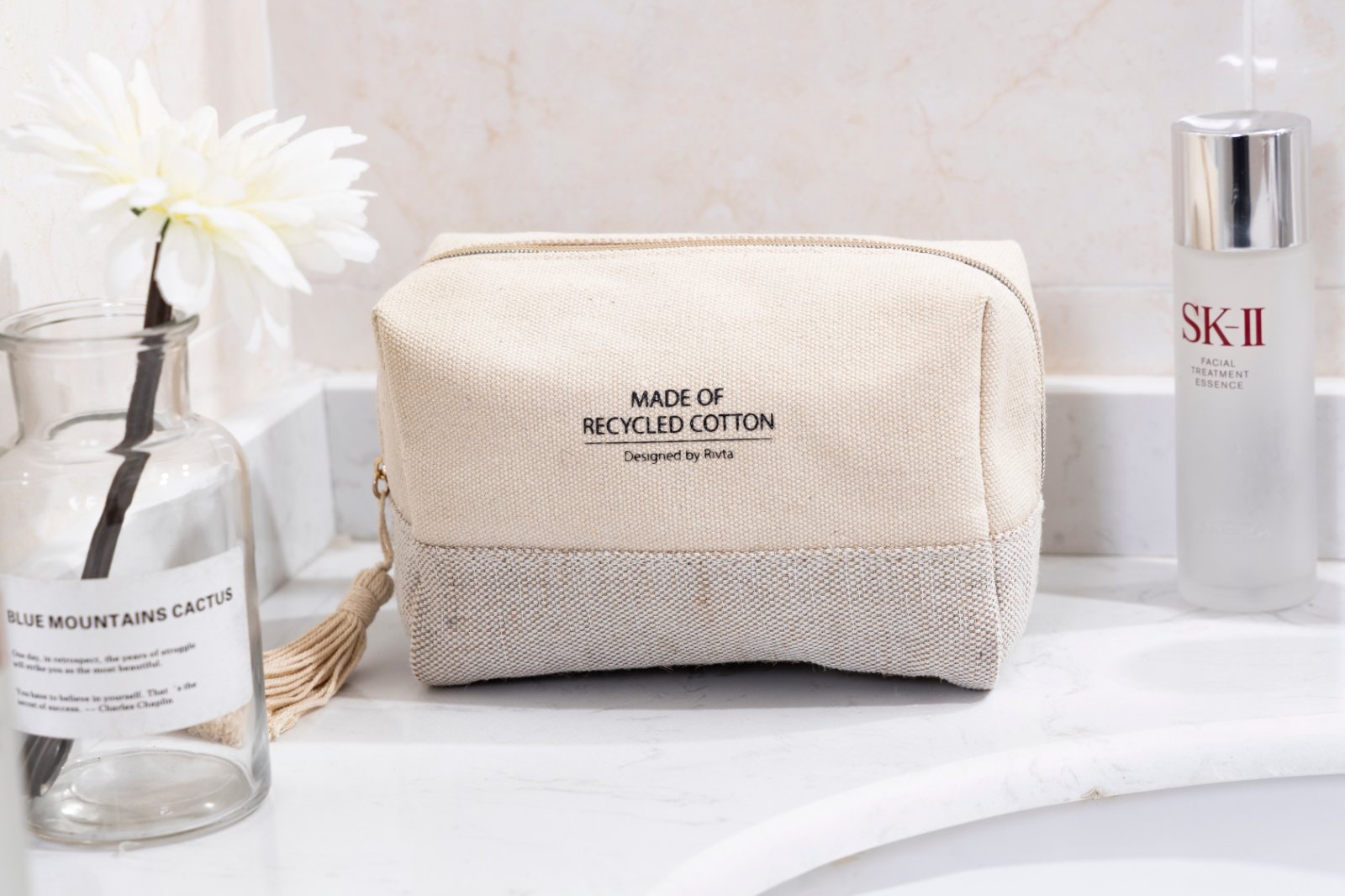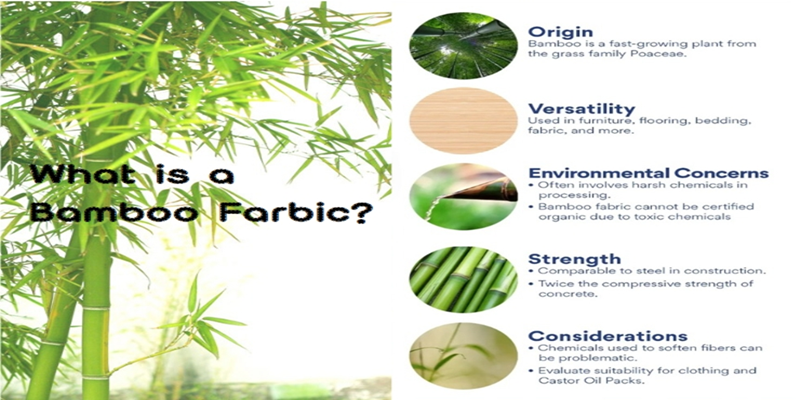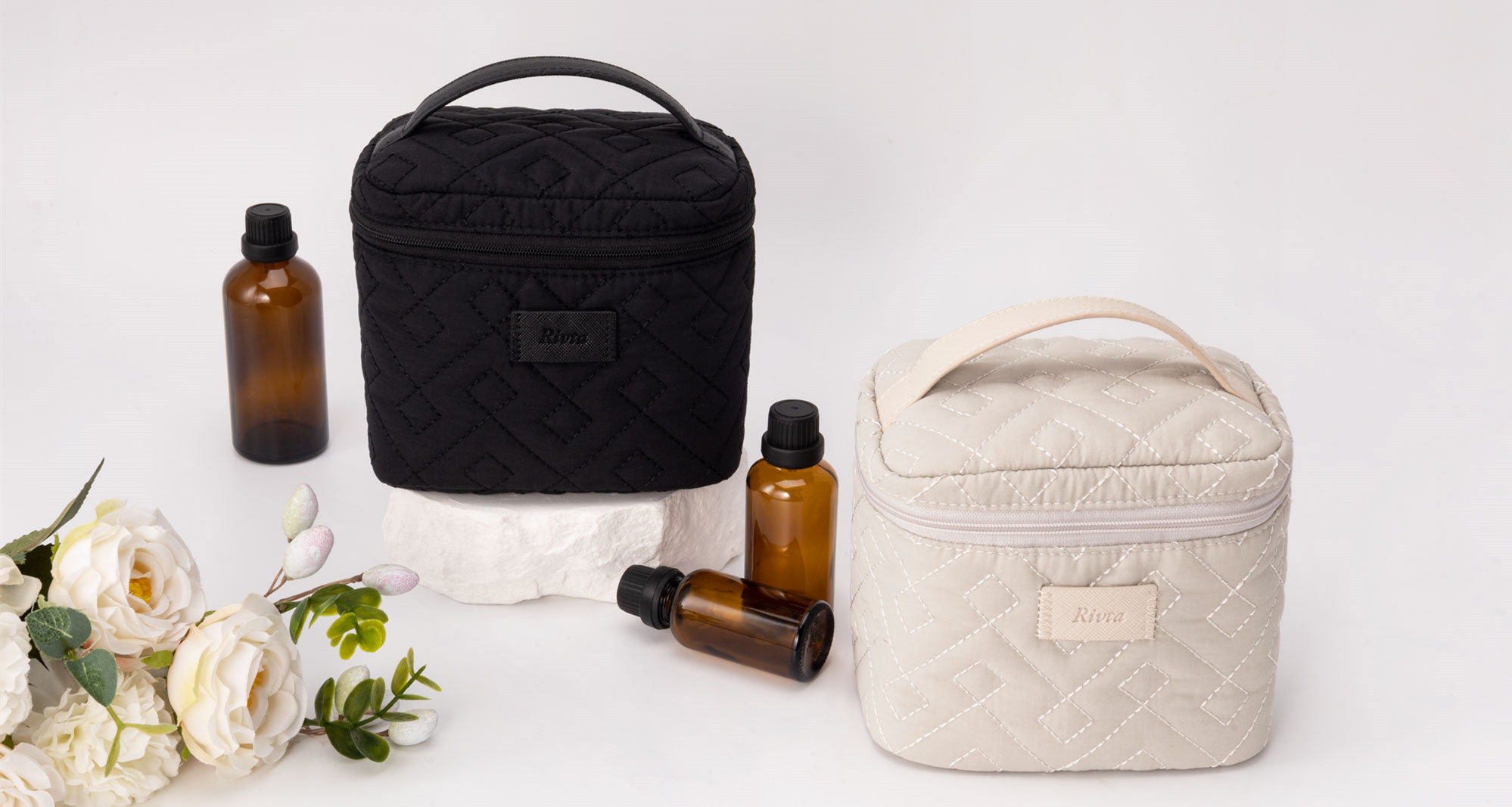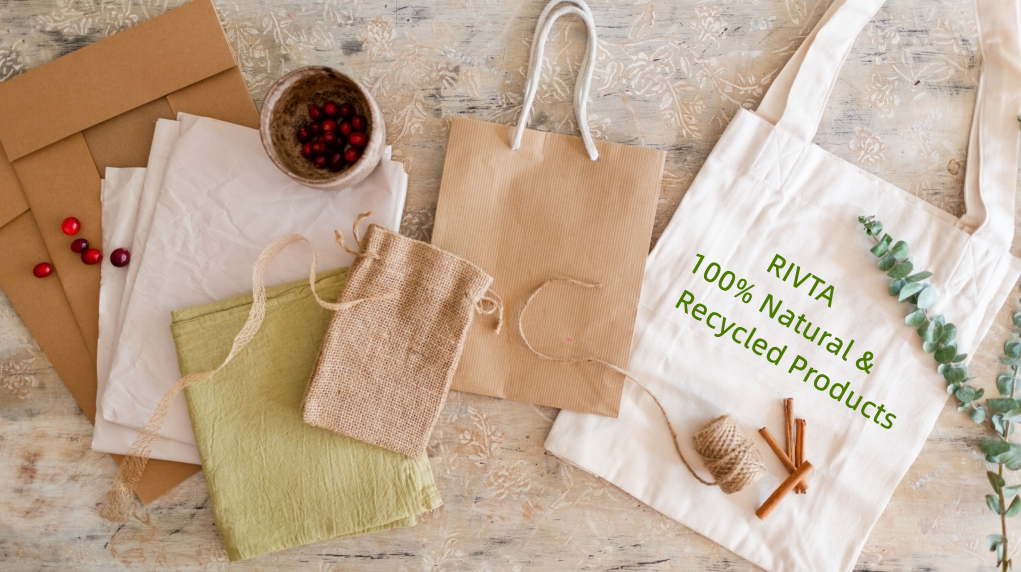Sustainable Alternatives to PVC in Cosmetic Bag Manufacturing
In recent years, the global cosmetics industry has witnessed a major shift toward sustainability. Consumers today are not only concerned about what goes into their skincare and beauty products but also how those products are packaged and presented. Cosmetic bags, often used to store and carry these products, are no exception. Traditionally, many cosmetic bags have been made from polyvinyl chloride (PVC)—a plastic that is cost-effective, versatile, and waterproof. However, concerns about PVC's environmental and health impacts have sparked growing interest in more sustainable alternatives.
This blog explores the key reasons for moving away from PVC and highlights some of the most promising eco-friendly materials now being used in the manufacture of cosmetic bags.
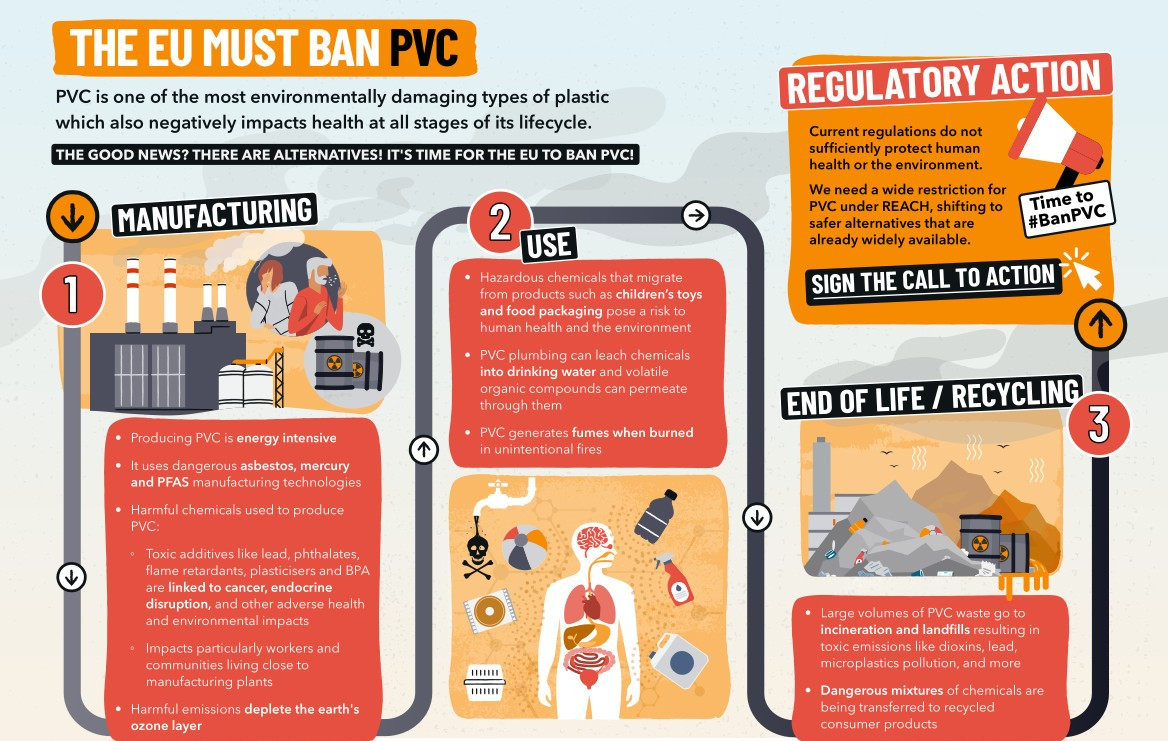
Why Avoid PVC?
PVC is a synthetic plastic polymer made from petroleum-based chemicals and chlorine. While it is durable and resistant to water and chemicals, it raises several environmental and health concerns:
1. Toxic Chemical Release
During its life cycle—from production to disposal—PVC can release harmful substances such as dioxins, phthalates, and heavy metals. These chemicals can contaminate water and soil, and some are known to disrupt human endocrine systems.
2. Non-Biodegradable
PVC takes hundreds of years to decompose, contributing to long-term pollution in landfills and oceans.
3. Difficult to Recycle
Unlike many other plastics, PVC is not widely accepted in recycling programs due to the complexity of its chemical structure and the additives used in its formulation.
Because of these issues, manufacturers and consumers alike are seeking safer, greener alternatives that don't sacrifice functionality or style.
What Makes a Material Sustainable?
When evaluating sustainable materials for cosmetic bags, several factors come into play:
Renewability: Is the material derived from renewable resources?
Biodegradability or Recyclability: Can it be returned to nature or reused after its lifecycle?
Low Impact Manufacturing: Does production involve minimal emissions, energy, and water use?
Durability: Does it offer a long-lasting alternative to traditional plastics?
Aesthetic and Functional Qualities: Is it fashionable, lightweight, and resistant to wear and tear?
Top Sustainable Alternatives to PVC for Cosmetic Bags
1. Thermoplastic Polyurethane (TPU)
Why it’s better than PVC:
TPU offers many of the benefits of PVC—like flexibility, durability, and water resistance—without the same environmental drawbacks. It is a more environmentally friendly plastic because it does not contain chlorine or plasticizers such as phthalates.
Sustainability Highlights:
- Recyclable under certain conditions
- Resistant to oil, grease, and abrasion
- Lower toxic emissions during production
Application:
TPU is now widely used in transparent cosmetic bags and toiletry kits, offering both aesthetics and practicality.
2. Recycled PET (rPET)
What is it?
Recycled PET is made from used plastic bottles that are cleaned, shredded, and re-spun into polyester fiber. This material significantly reduces the need for virgin plastic and helps divert plastic waste from landfills and oceans.
Sustainability Highlights:
- Made from 100% post-consumer waste
- Lower carbon footprint than virgin polyester
- Can be recycled again after use
Application:
rPET is ideal for soft, fabric-style cosmetic bags that are lightweight and durable. Brands often use it in printed or quilted bag designs.
3. Recycled Cotton and Canvas
What is it?
Recycled cotton is grown without synthetic pesticides or fertilizers, using methods that support soil health and biodiversity. When woven into canvas, it offers a sturdy, breathable fabric perfect for sustainable cosmetic bags.
Sustainability Highlights:
- Fully biodegradable
- Renewable and plant-based
- Naturally breathable and washable
Application:
Perfect for minimalist or rustic-themed cosmetic bags, organic cotton can be easily dyed with natural or water-based pigments and embroidered with branding.
4. Bamboo Fiber
What is it?
Bamboo fiber is a natural textile made from the pulp of bamboo plants. Bamboo grows rapidly without the need for pesticides or fertilizers, making it an incredibly eco-friendly raw material. When processed mechanically or in a closed-loop system, it can be turned into soft, breathable fabric suitable for cosmetic bag linings or exteriors.
Sustainability Highlights:
- Grows rapidly and regenerates without replanting
- Naturally antibacterial and biodegradable
- Low water and chemical requirements in cultivation
- Can be blended with cotton or other fibers to enhance durability
Application:
Bamboo fiber is ideal for soft-shell cosmetic bags, drawstring pouches, and fabric linings. It has a smooth texture and a natural sheen, offering a premium, spa-like aesthetic. Many wellness and natural skincare brands are adopting bamboo fiber bags to align with their eco-conscious product lines.
5. Hemp Fabric
What is it?
Hemp is a fast-growing crop that requires little water or pesticides. Its fibers are strong, breathable, and highly durable, making it suitable for long-lasting textile applications.
Sustainability Highlights:
- Naturally pest-resistant and requires minimal water
- Fully biodegradable
- Enriches soil quality instead of depleting it
Application:
Hemp is popular in earthy, boho-style cosmetic bag collections, especially those that emphasize natural living and holistic wellness.
6. Recycled Nylon (Econyl)
What is it?
Econyl® is a brand of regenerated nylon made from ocean plastic, fishing nets, and textile waste. It’s chemically recycled to create high-performance nylon that’s as good as new.
Sustainability Highlights:
- Reduces plastic waste in oceans
- Lower CO₂ emissions compared to virgin nylon
- Can be recycled infinitely without loss of quality
Application:
Great for sporty, sleek cosmetic bags and pouches that require strength, water resistance, and stretch.
Challenges of Switching from PVC
While the advantages of PVC alternatives are clear, manufacturers still face challenges:
Higher Cost: Sustainable materials often cost more, especially in small production batches.
Supply Chain Issues: Some eco-materials are not as widely available or consistent in quality.
Consumer Perception: Some buyers still prioritize price and appearance over sustainability.
Performance Limitations: Certain eco-friendly fabrics may not yet match the waterproofing or durability of PVC.
Nonetheless, innovations and demand are accelerating. As production scales up and consumers grow more eco-conscious, these challenges are likely to diminish.
Conclusion: A Greener Future for Cosmetic Bags
Switching from PVC to sustainable alternatives is not just a trend—it’s a necessary evolution in response to environmental urgency and consumer expectations. Whether you're a cosmetic brand, packaging supplier, or eco-conscious buyer, exploring sustainable cosmetic bag materials is a meaningful step toward responsible beauty.
From recycled plastics like rPET and Econyl to natural fibers like recycled cotton and bamboo fiber, there are now many options that balance style, durability, and environmental integrity. As these alternatives become more accessible and affordable, the cosmetic bag industry is well-positioned to lead the way in sustainable fashion and packaging.
